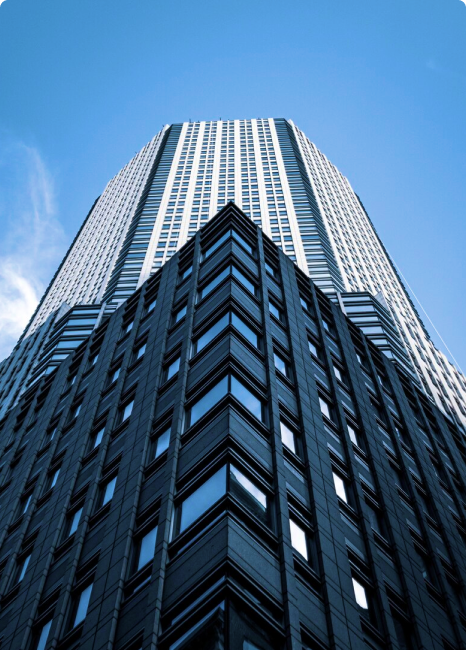Rope access technicians and height safety engineers face a unique blend of challenges within their daily work environments, which test both their physical and mental abilities. At the core of these challenges, are the ever-present risks associated with working at heights, where the reliability of safety and access systems, particularly industrial rope access services, is paramount.
In this month’s blog, we’re going to take a look at the efficacy, enhanced safety measures and environmental benefits of using
industrial rope access systems.
Efficiency improvements
Industrial rope access is the professional use of ropes to perform inspections, maintenance and other types of work at height. To gain access to inaccessible areas, rope access is commonly used along with various climbing techniques and of course, safety equipment. It’s also used in challenging or dangerous environments such as confined spaces, high rises, or on work sites above water, allowing people to work at height safely and efficiently.
Rope access allows crews to use less equipment and fewer workers to complete the same job than traditional systems, such as lifts, cranes or scaffolding. Innovations in rigging systems, for example, anchor points and load-sharing techniques, have improved safety and allowed for more intricate and adaptable setups, enabling access to complex structures. Other efficiency improvements include the integration of drones and robotics in rope access work, the use of smart technology that can provide crucial data on environmental conditions and biometric measures, such as harnesses with built-in sensors, ensuring immediate responses in case of emergencies.
Safety enhancements
Traditional scaffolding and crane methods pose inherent risks to workers, building staff, building occupants and bystanders, including falls from heights, falling debris, structural collapses and equipment malfunctions. Rope access however, prioritises safety through rigorous training and strict adherence to industry standards. Moreover, certified rope access technicians, such as the professional team from Kerrect, undergo comprehensive training programs that equip them with the skills, knowledge and experience necessary to perform rope access tasks, while also employing well-planned and executed safety protocols. In addition, strict safety processes, such as pre-work inspections and buddy checks, minimise the risk of accidents and ensure all equipment is well-maintained and in optimal condition before use.
Agility in task execution
One of the most significant advantages of
rope access is its versatility in accessing challenging structures that are inaccessible using traditional height access utilities. Buildings and structures, particularly ones that are ageing or have architecturally unique designs, may have irregular shapes, overhangs or limited access points that pose significant challenges for height access professionals.
Although cranes and other height access utilities may need help navigating these obstacles, they can be costly, involve time-consuming set-up processes, and can provide a heightened risk (excuse the pun) of avoidable damage and safety breaches. Rope access systems however overcomes these limitations, by enabling technicians to ascend, descend and traverse structures easily, regardless of their complexity or height.
This versatility minimises disruption to building occupants, operations and surrounding buildings and areas, while also ensuring that tasks are completed promptly and effectively. Furthermore, rope access techniques can be deployed in remote or environmentally sensitive locations, where traditional equipment may be impractical or prohibited.
Environmental benefits
Rope access significantly reduces the environmental impact of building maintenance, compared to conventional methods. The use of traditional approaches, such as cranes and scaffolding consume substantial energy, generate excessive greenhouse gas emissions and also come with excessive labour costs. There is also the unnecessary obstructions to daily operations and the inefficient set-up and pack-down times to consider. Industrial rope access however promotes a less invasive approach, preserving biodiversity and the environmental integrity around the site, promoting a more sustainable and greener service.
Want to know more?
If you’d like more information about the industrial rope access services the professional team at Kerrect employ across every job we do,
reach out to our team of height safety specialists today and let us enhance the safety and efficiency of your next construction project.

